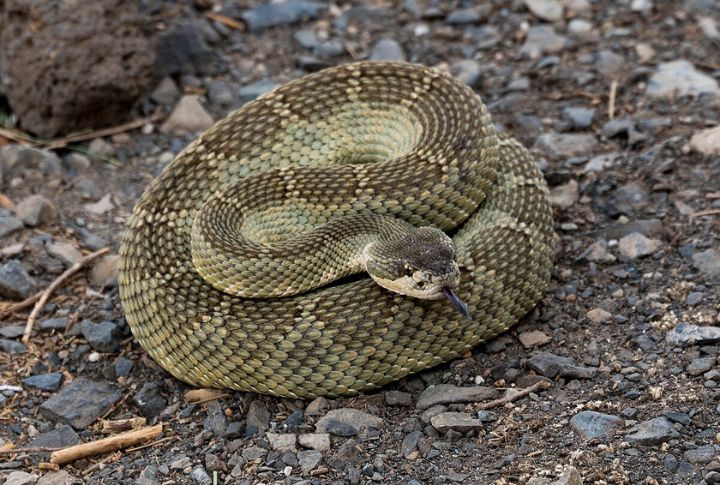
Arizona’s deserts are filled with intriguing animals that have adapted to survive the harsh environment. Some are relatively harmless, whereas others are dangerous beyond expectations. So, if you’re about to visit the Arizona deserts, expect to meet these ten animals.
Rattlesnakes
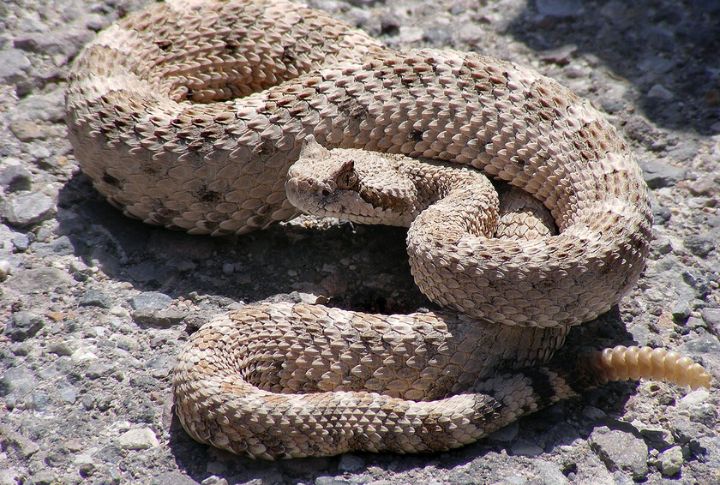
Arizona hosts 14 rattlesnake species, with the most infamous being the Western Diamondback. Rattlesnakes are masters of surprise, as they are always coiled under shrubs or sunbathing on rocky trails. Baby rattlesnakes are even sneakier and have less control over biting.
Gila Monsters
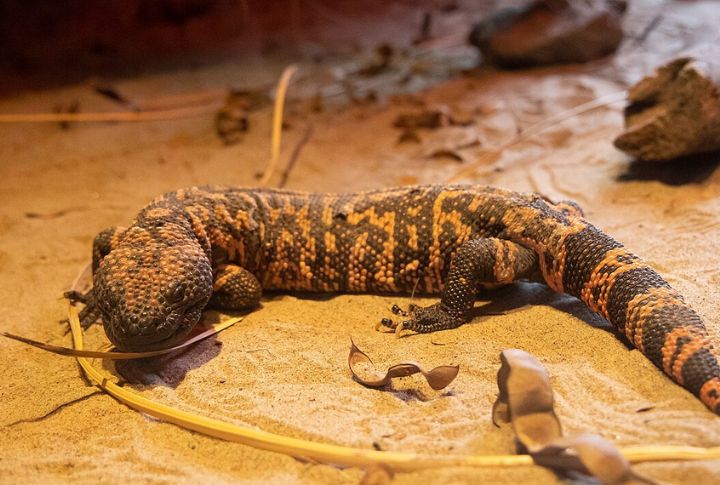
These slow-moving lizards might look like the dessert’s quirky clowns with bright orange-and-black patterns, but don’t be fooled. Gila monsters pack a venomous bite and refuse to let go. Since they spend most of their lives underground, it’s hard to spot them.
Tarantulas
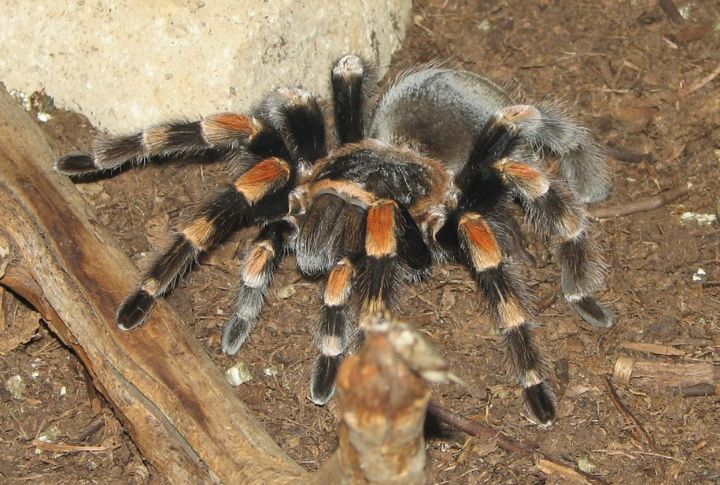
During humid monsoons, tarantulas patrol the desert floor in search of mates. Despite their menacing size, Tarantulas rarely bite unless mishandled. Also, female tarantulas have an impressive lifespan of 20 years, where silk-lined burrows protect them from predators like wasps and coyotes.
Bark Scorpions
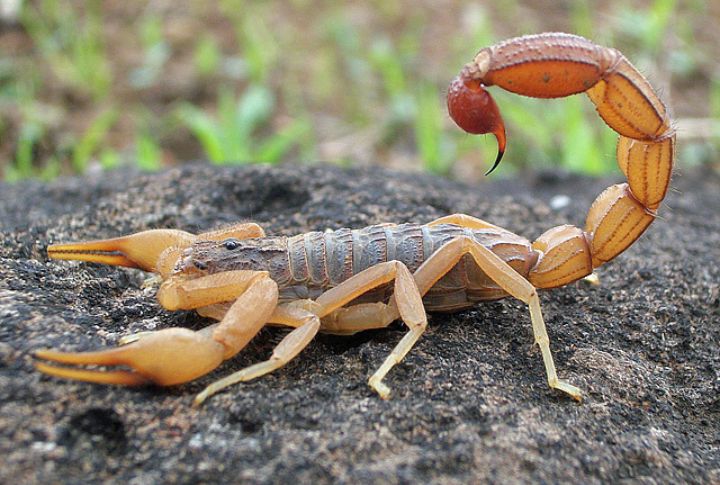
Scorpions have existed in desserts for over 400 million years, and bark scorpions are nocturnal hunters in Arizona with a glowing secret. Their exoskeleton shines under UV light, which is quite helpful to researchers and cautious adventurers. Though most stings are mild, bark scorpion venom causes intense pain.
Javelinas
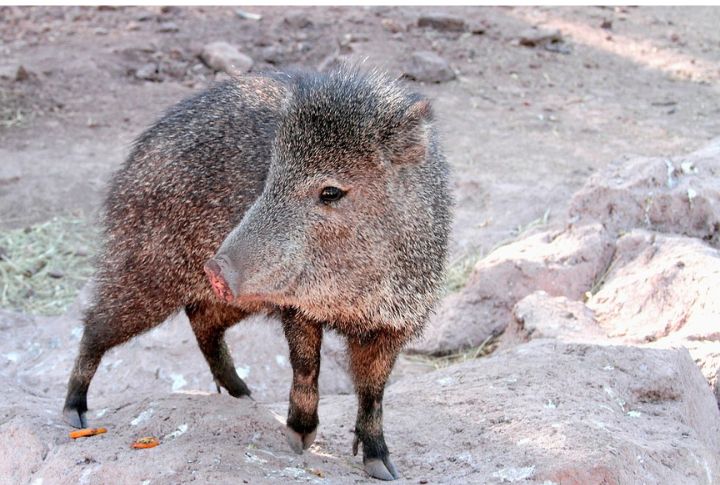
People might mistake them for wild pigs, but Javelianas are actually peccaries. They travel in herds of up to 20 as they look for food—cactus pads and mesquite beans. When they feel threatened, Javelinas release a strong, musky odor and can charge aggressively.
Coyotes
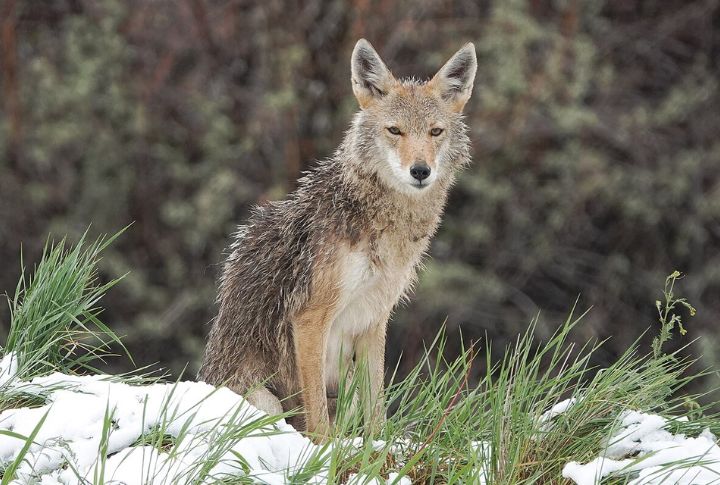
When you hear the yipping howls of a coyote, it might seem like a hauntingly beautiful soundtrack. Eternally resourceful, coyotes adapt to almost any environment, including urban outskirts. In Arizona deserts, they thrive by hunting small prey like rabbits and scavenging human leftovers.
Black Widow Spiders
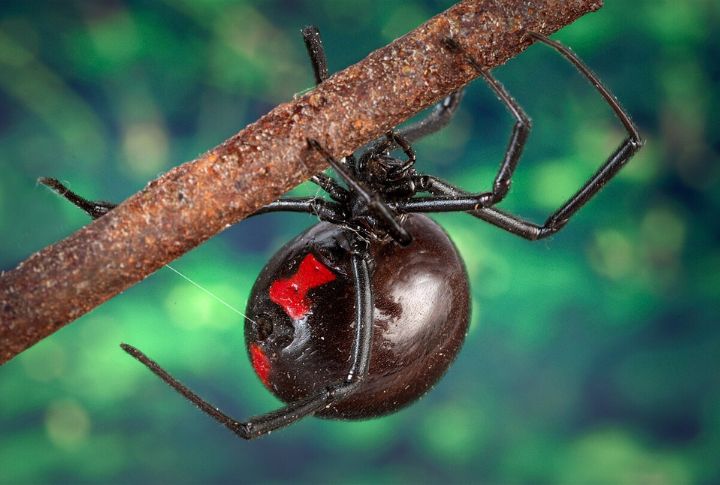
This species of spider spins irregular webs in secluded spots like woodpiles and garden corners. Only females are venomous, filled with a neurotoxic bite that’s rarely fatal but painful. The venom paralyzes insects way before the spiders feed on them.
Desert Centipedes
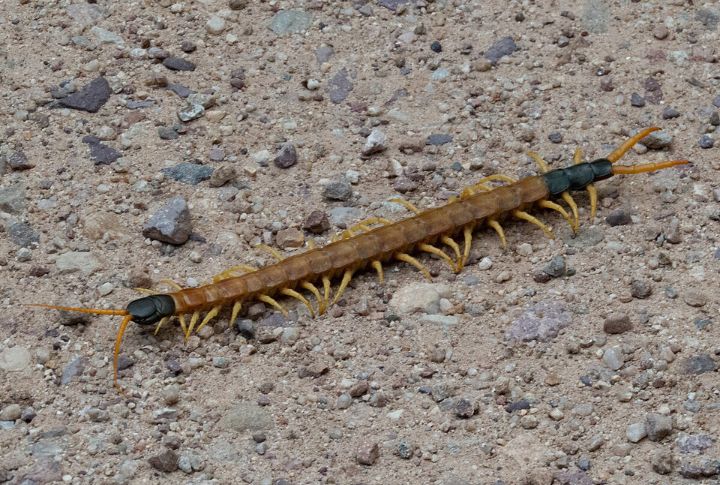
These Colorful yet menacing desert centipedes hunt with venomous pincers capable of immobilizing prey. At night, desert centipedes attack insects, lizards, and even small mammals. Their painful sting causes swelling and nausea. You might find one hidden under a rock or log.
Kangaroo Rats
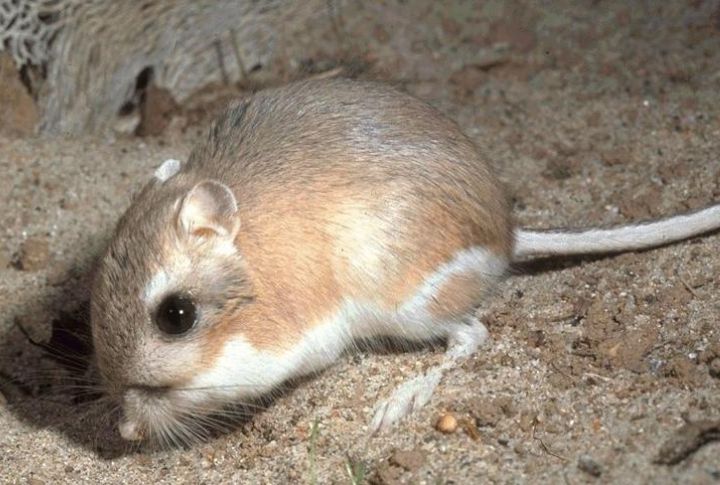
Kangaroo rats are nocturnal rodents that store seeds in cheek pouches and can survive without drinking water. Interestingly, the rats are capable of leaping several feet to escape danger. Since Kangaroo rats attract predators like rattlesnakes and owls, travelers should secure their food in campsites.
Roadrunners
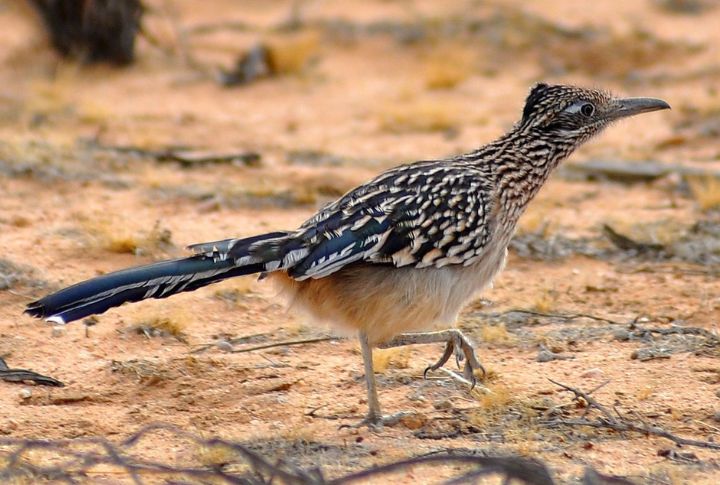
The birds are skilled hunters who eat insects, small reptiles, rodents, and even fruits like cactus pads. Using their fast speed and agility, roadrunners outrun most desert threats. They also defend their nests fiercely. Yet, roadrunners won’t attack humans unless provoked.
